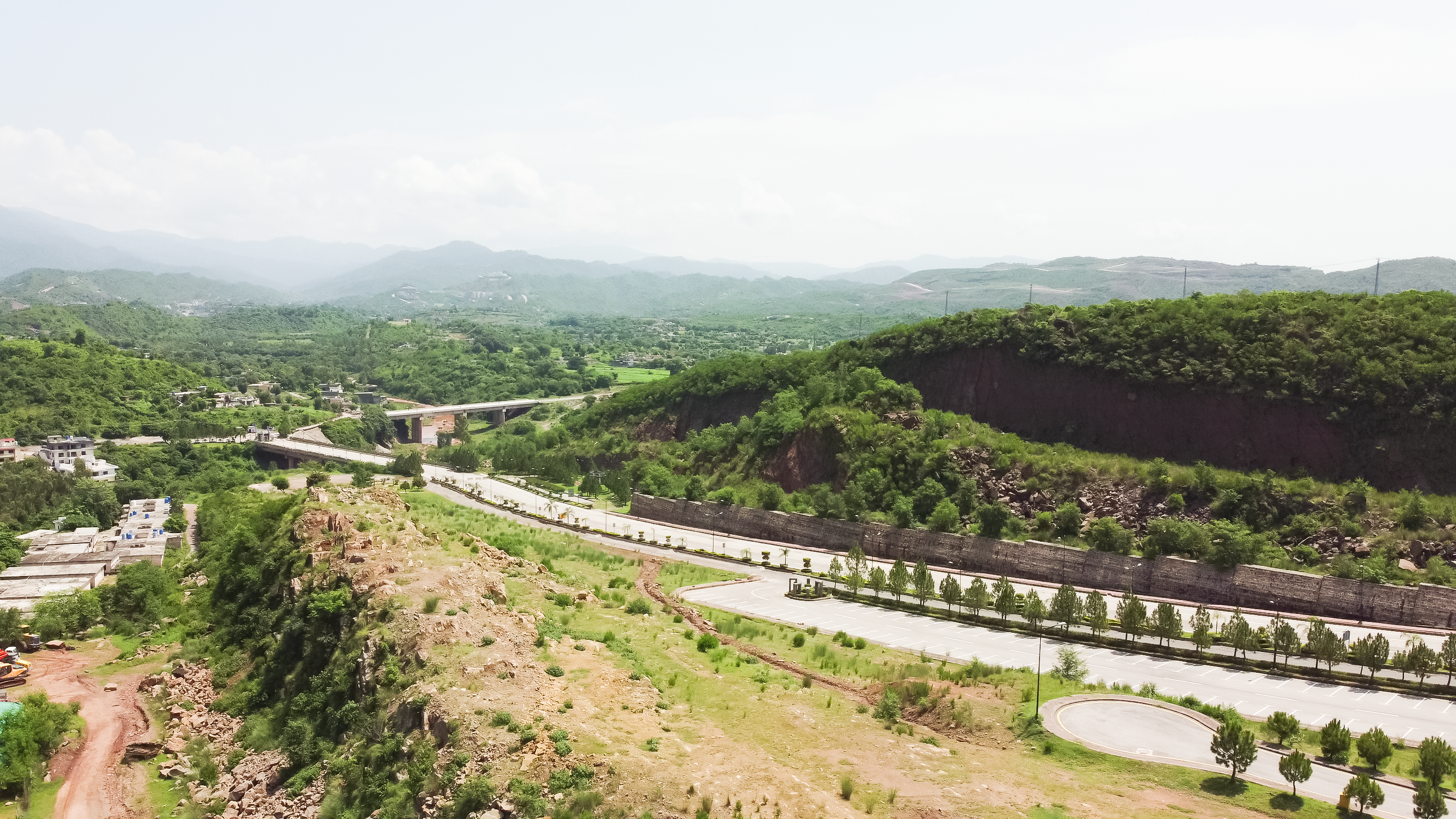As the world shifts toward service-driven economies, the structure of global trade is being rewritten. Goods that once formed the backbone of international exports are no longer the defining metric of economic strength. This change is subtle but profound, with ripple effects stretching from London to Nairobi to Karachi.
The UK’s Shift Away from Goods
A recent Financial Times analysis revealed real estate delivers consistent rental income, long-term appreciation, tax benefits, and equity building. More importantly, property gives investors a way to shape their investment by renovating, renting, and refinancing. And with leverage, even a 20% deposit can turn into full ownership and future financial options.
According to the FT, this isn’t simply a UK story. It reflects a broader trend across developed nations. As advanced economies lean into non-tangible exports, the global demand for physical goods, food, fuel, and raw materials remains very real. So who’s stepping up?
The Numbers Behind the Shift
According to Statista, global goods exports accounted for $24.3 trillion in 2023, compared to $7.5 trillion in services, a number growing faster than ever. While the UK, France, and others lean into this services-heavy future, many emerging markets still sit in the goods-driven lane, and now with more room to manoeuvre.
A Global Trade Rebalancing
According to the World Bank’s January 2025 Global Economic Prospects report, a quiet rebalancing is underway across Southeast Asia, Africa, and parts of Latin America. Countries like Vietnam, Bangladesh, and Egypt, once peripheral to global supply chains, are beginning to play a more prominent role as legacy exporters step back. With lower labour costs, growing consumer markets, and targeted policy reform, these economies are increasingly positioned to absorb displaced global demand. The result is a more distributed, multipolar trade map, where growth is no longer confined to traditional centres. And while progress is uneven, some emerging markets are accelerating faster than others.
Pakistan Is Gaining Ground
One such country, frequently overlooked, is Pakistan, now getting significant attention from global observers. In May, Barron’s referred to Pakistan as a “mini-miracle”, highlighting the return of investor confidence and the country’s macroeconomic rebound.
And on the ground, exports are telling a story of quiet momentum.
Rice: Tariffs and Realignment
According to a July 25 report by S&P Global Commodity Insights, Pakistan’s rice exports to Kenya surged 143% year-on-year in 2024, making it the largest rice exporter to Kenya. Amid active trade negotiations, Kenya is now expected to lower its 35% tariff on Pakistani rice — potentially to zero — a move that could reshape East Africa’s import landscape.
This isn’t luck. Pakistani exporters are building physical distribution infrastructure across the continent, while maintaining pricing competitiveness at a time when larger exporters like China and Indonesia have pulled back.
Fuel Oil: A Strategic Export Pivot
In the energy sector, the shift is even more pronounced. Pakistan, once a net importer of fuel oil, has now become a net exporter. In the first 8 months of FY25 alone, it shipped over 933,000 metric tonnes, a 70% increase year-on-year (S&P Global Commodity Insights, March 21).
This is the result of deliberate policymaking: a shift away from oil-fired power generation toward LNG and coal, allowing for domestic stock clearance and opening up new regional export opportunities.
Textiles: Resilience Amid Realignment
Despite global headwinds, Pakistan’s textile exports are projected to reach $16.2 billion in FY25, a 3% increase from the previous year. This growth is fuelled by stronger cotton yields and targeted expansion into Europe and Southeast Asia, especially as global manufacturers seek low-cost alternatives to China.
Where Investors Are Looking Next
This global shift is creating space for new winners. Investors seeking returns are increasingly looking beyond the traditional powerhouses. They’re watching trade routes, infrastructure upgrades, and manufacturing capacity in emerging economies where the upside is greater, the cycles are younger, and the margins are still attractive.
Recent News



